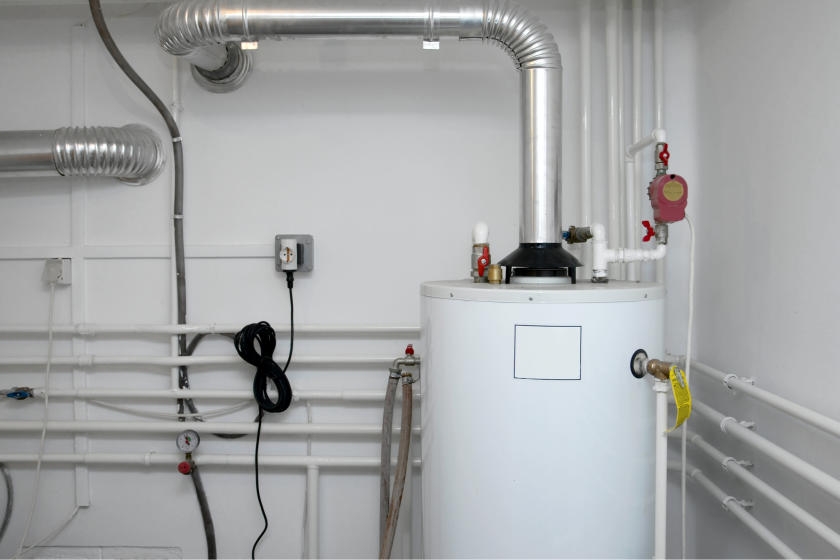How to Care for Your Home's Hot Water System EffectivelySteps to Successfully Care for Your Home's Hot Water System
How to Care for Your Home's Hot Water System EffectivelySteps to Successfully Care for Your Home's Hot Water System
Blog Article
On this page down the page you can locate some extremely good resources about Tips on Maintaining a Water Heater.

Hot water is vital for daily convenience, whether it's for a revitalizing shower or washing meals. To ensure your warm water system runs efficiently and lasts much longer, normal maintenance is crucial. This article supplies functional pointers and understandings on how to preserve your home's hot water system to stay clear of disruptions and costly repair services.
Introduction
Keeping your home's hot water system might seem overwhelming, but with a few basic actions, you can guarantee it runs efficiently for many years ahead. This overview covers every little thing from recognizing your warm water system to do it yourself upkeep pointers and understanding when to employ specialist aid.
Importance of Maintaining Your Hot Water System
Routine upkeep not just expands the lifespan of your hot water system but likewise guarantees it operates successfully. Neglecting upkeep can bring about lowered efficiency, greater power expenses, and also premature failing of the system.
Indicators Your Hot Water System Needs Upkeep
Knowing when your warm water system needs focus can stop major concerns. Watch out for indications such as inconsistent water temperature, strange noises from the heater, or rusty water.
Understanding Your Hot Water System
Prior to diving right into upkeep tasks, it's useful to comprehend the standard parts of your warm water system. Typically, this consists of the water heater itself, pipelines, anode poles, and temperature controls.
Regular Monthly Upkeep Tasks
Regular monthly checks can assist capture minor problems prior to they rise.
Flushing the Water Heater
Purging your hot water heater eliminates sediment accumulation, boosting effectiveness and lengthening its life.
Checking and Changing Anode Rods
Anode poles avoid deterioration inside the tank. Evaluating and changing them when worn out is vital.
Evaluating and Adjusting Temperature Level Setups
Readjusting the temperature setups makes sure optimal efficiency and safety.
Do It Yourself Tips for Maintenance
You can do numerous upkeep tasks on your own to maintain your hot water system in leading condition.
Looking for Leaks
Regularly evaluate pipelines and connections for leakages, as these can cause water damage and greater expenses.
Evaluating Stress Alleviation Valves
Testing the stress safety valve ensures it operates properly and prevents excessive stress accumulation.
Insulating Pipelines
Insulating warm water pipes lowers warm loss and can conserve energy.
When to Call a Professional
While do it yourself upkeep is useful, some problems call for expert competence.
Complex Issues Calling For Expert Help
Instances consist of major leakages, electric troubles, or if your hot water heater is constantly underperforming.
Routine Professional Upkeep Conveniences
Specialist upkeep can include thorough examinations, tune-ups, and making certain conformity with security standards.
Conclusion
Normal upkeep of your home's hot water system is essential for performance, durability, and expense savings. By adhering to these ideas and understanding when to seek specialist assistance, you can guarantee a reputable supply of hot water without unanticipated interruptions.
How to Maintain an Instant Hot Water Heater
Before tinkering with your hot water heater, make sure that it’s not powered on. You also have to turn off the main circuit breaker and shut off the main gas line to prevent accidents. Also turn off the water valves connected to your unit to prevent water from flowing into and out of the appliance. 2. When you’re done, you have to detach the purge valves’ caps. These look like the letter “T” and are situated on either side of the water valves. Doing so will release any pressure that has accumulated inside the valves while at the same time avoid hot water from shooting out and burning your skin. 3. When the purge valves’ caps are removed, you have to connect your hosing lines to the valves. Your unit should have come with three hoses but if it didn’t, you can purchase these things from any hardware or home repair shops. You can also get them from retail stores that sell water heating systems. Read the user’s manual and follow it to complete this task properly. When the hosing lines are connected, open the purge port’s valves. 4. You should never use harsh chemical cleaners or solutions when cleaning your unit. Make use of white vinegar instead. It should be undiluted and you’ll probably use about 2 gallons. 5. Now flush your water heater. This task should probably take about 40 minutes. We can’t give you specific directions for this because the procedure is carried out depending on the type, model and brand of your heater. With that being said, refer to the user’s manual. 6. When you’re done draining the unit, you have to turn off the purge port valves again. Remove the hosing lines that you earlier installed on each of the water valves. Put the valve caps (purge port) back in their respective places and be very careful so as not to damage the rubber discs that are found inside these caps. 7. Now that everything’s back in place, check your user’s manual again to find out how to reactivate your water heating system. 8. Once it is working, turn one of your hot water faucets on just to let air pass through the heater’s water supply pipes. Leave the tap on until water flows smoothly out of it. https://www.orrplumbing.com/blog/2014/september/how-to-maintain-an-instant-hot-water-heater/

Do you really like reading about Tips on Maintaining a Water Heater? Give feedback further down. We'd be pleased to listen to your opinion about this write up. We hope that you come back again soon. You should set aside a second to distribute this article if you enjoyed it. Thanks so much for going through it.
Click For More Info Report this page